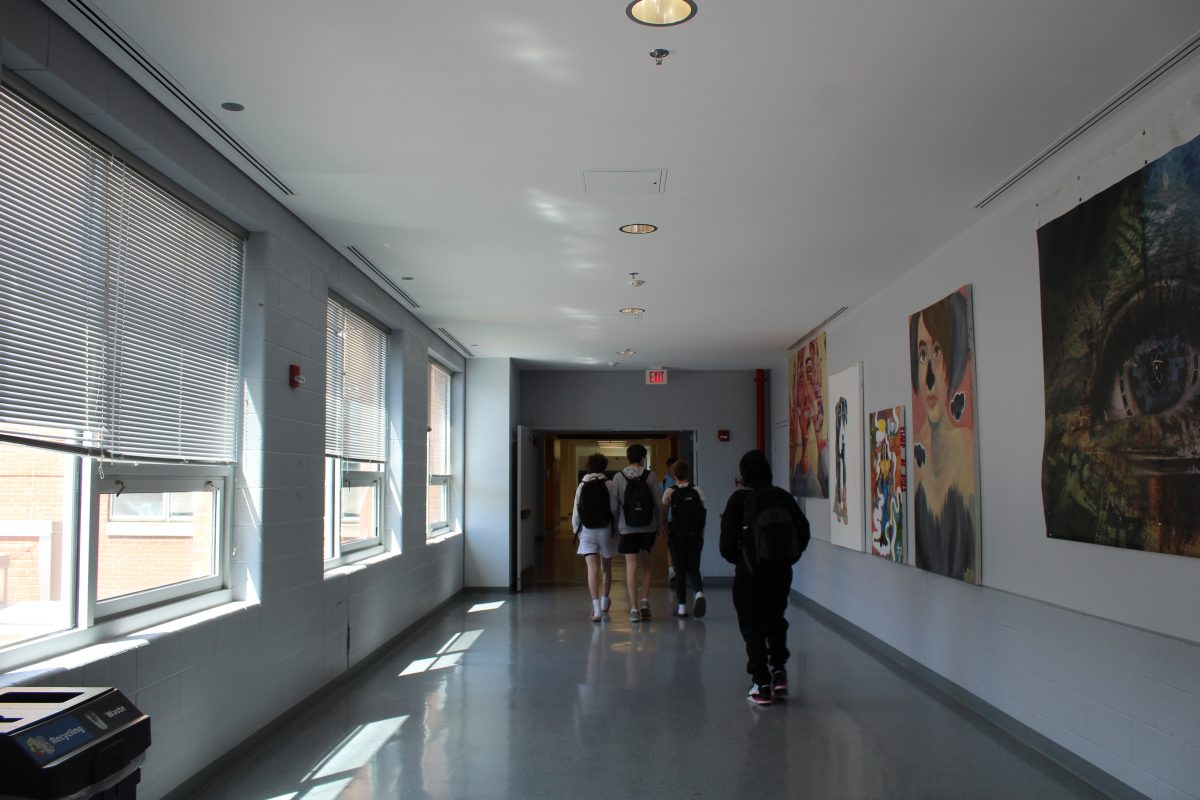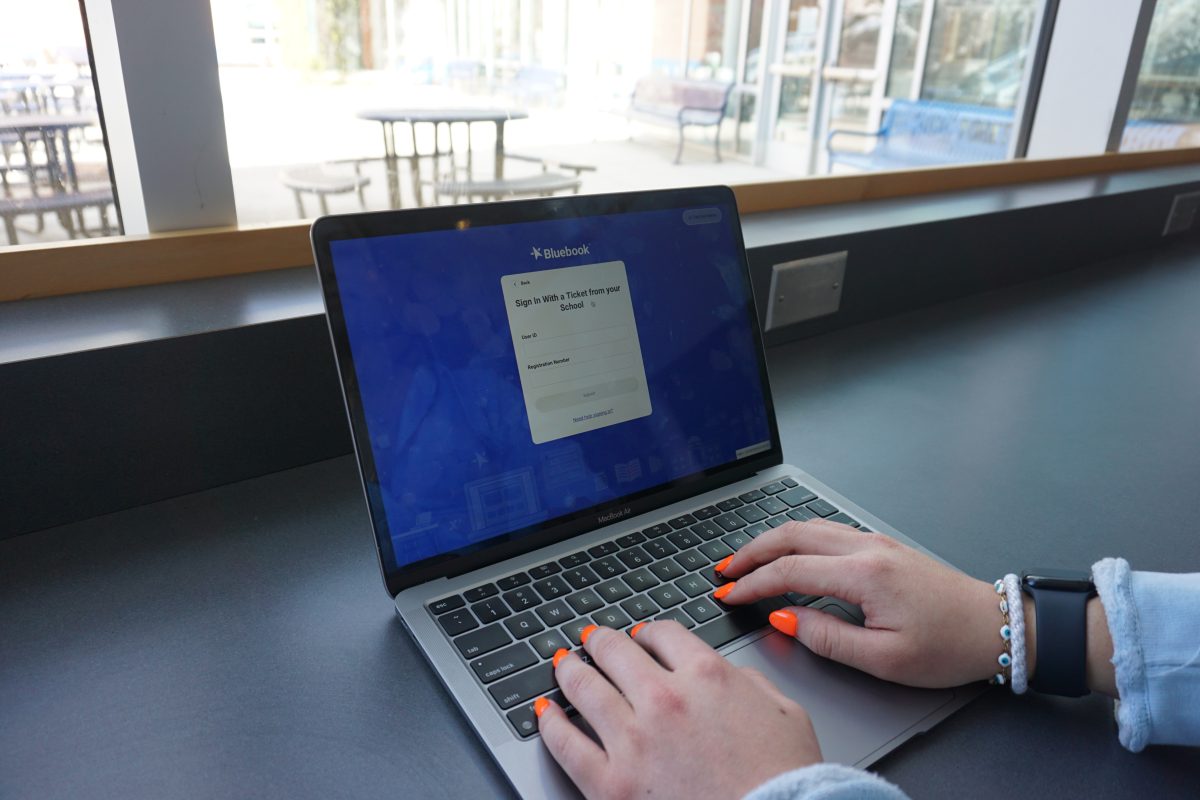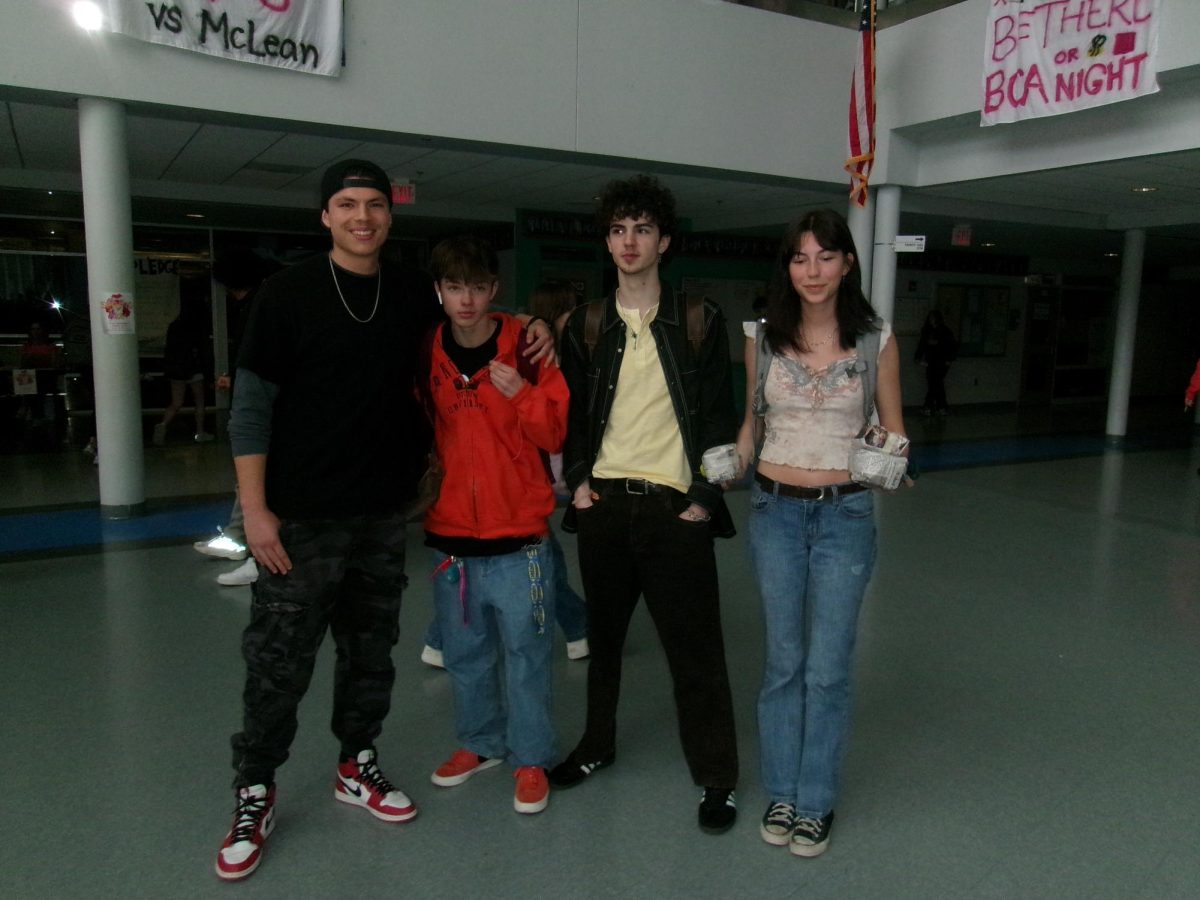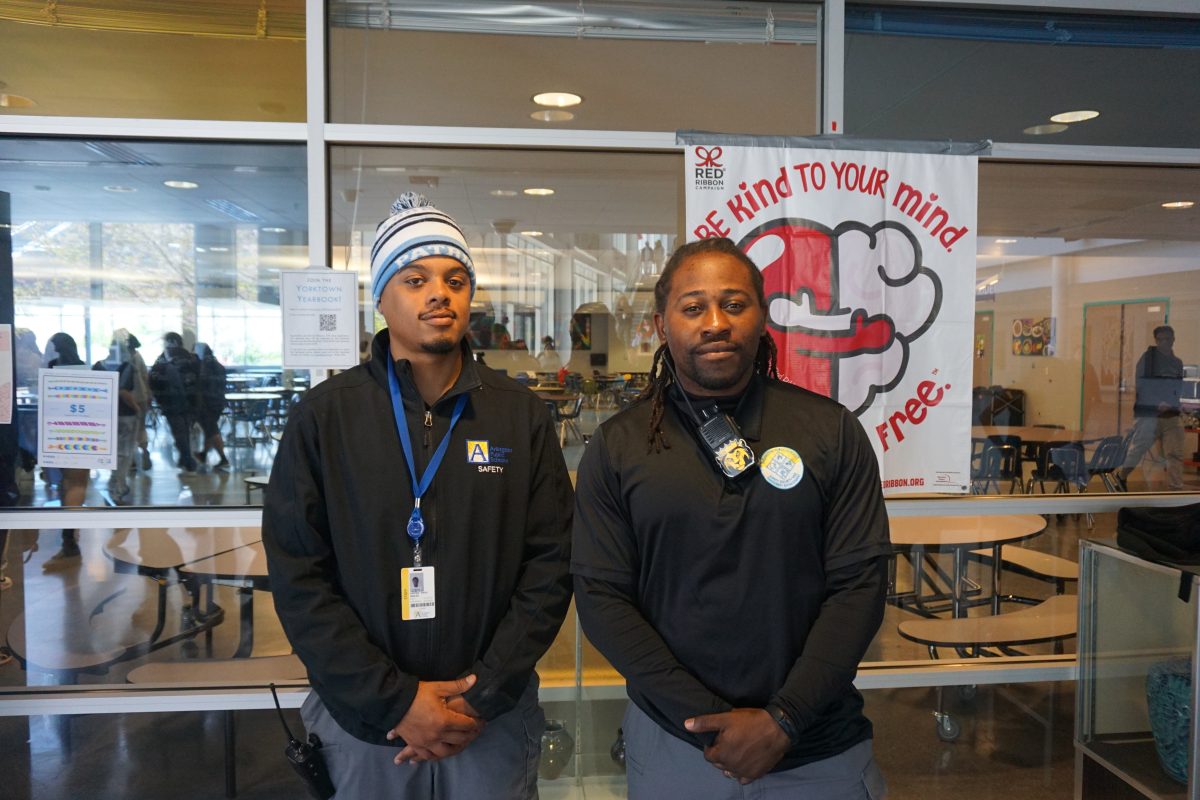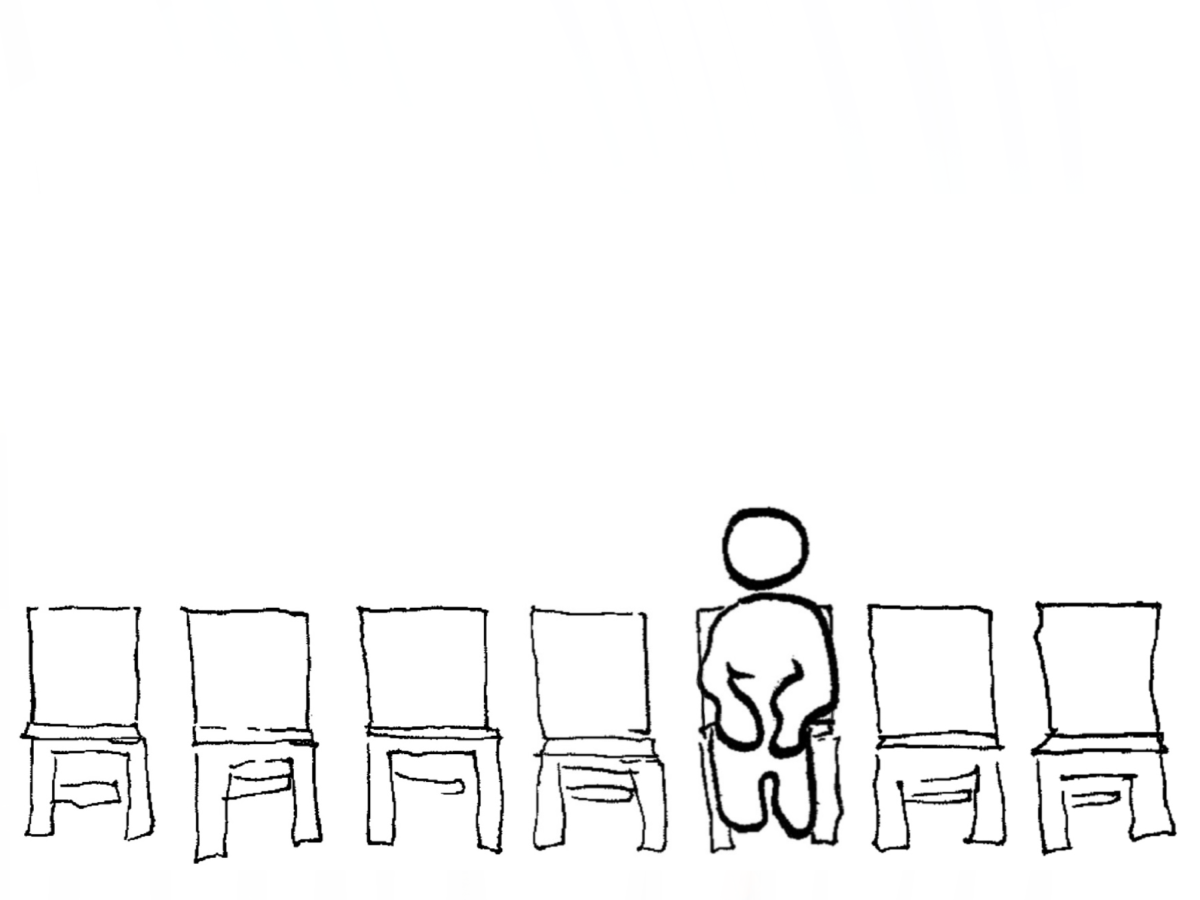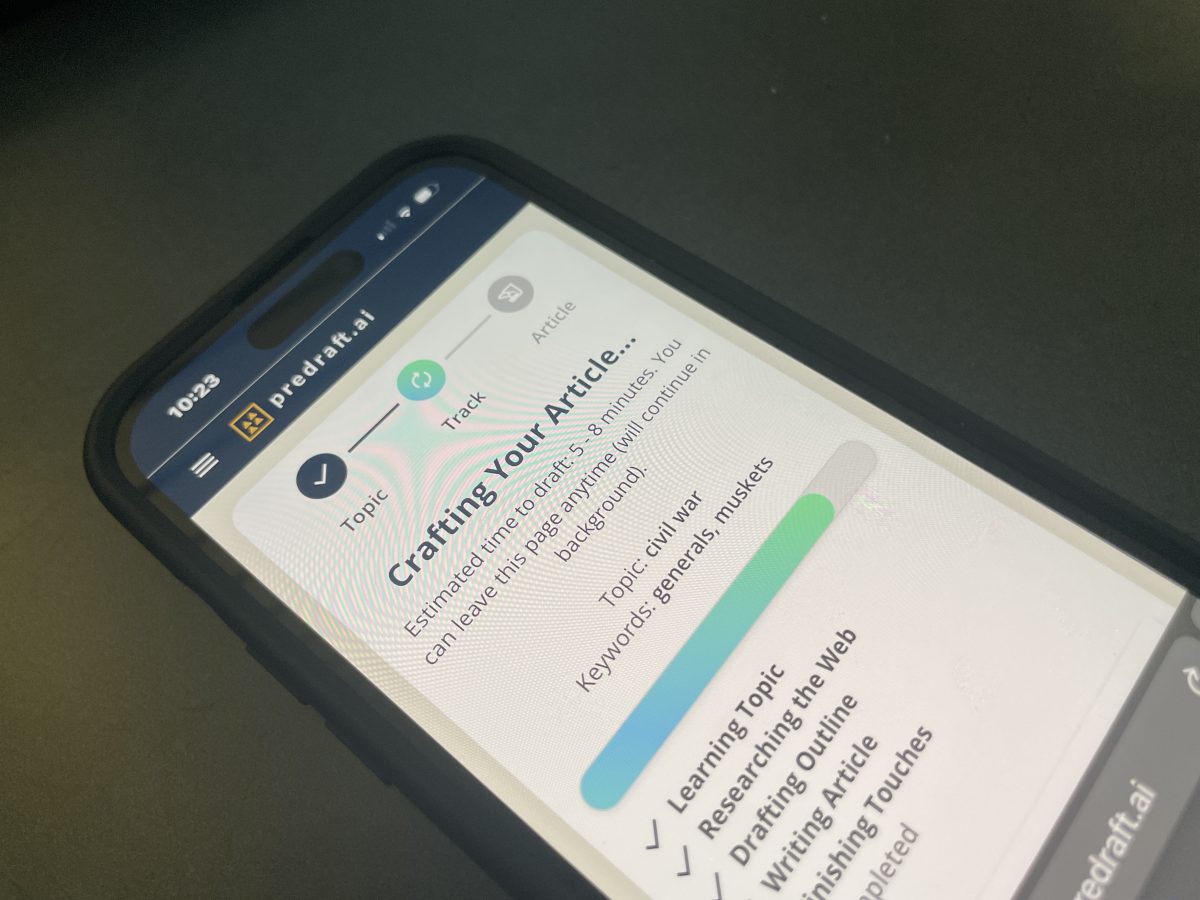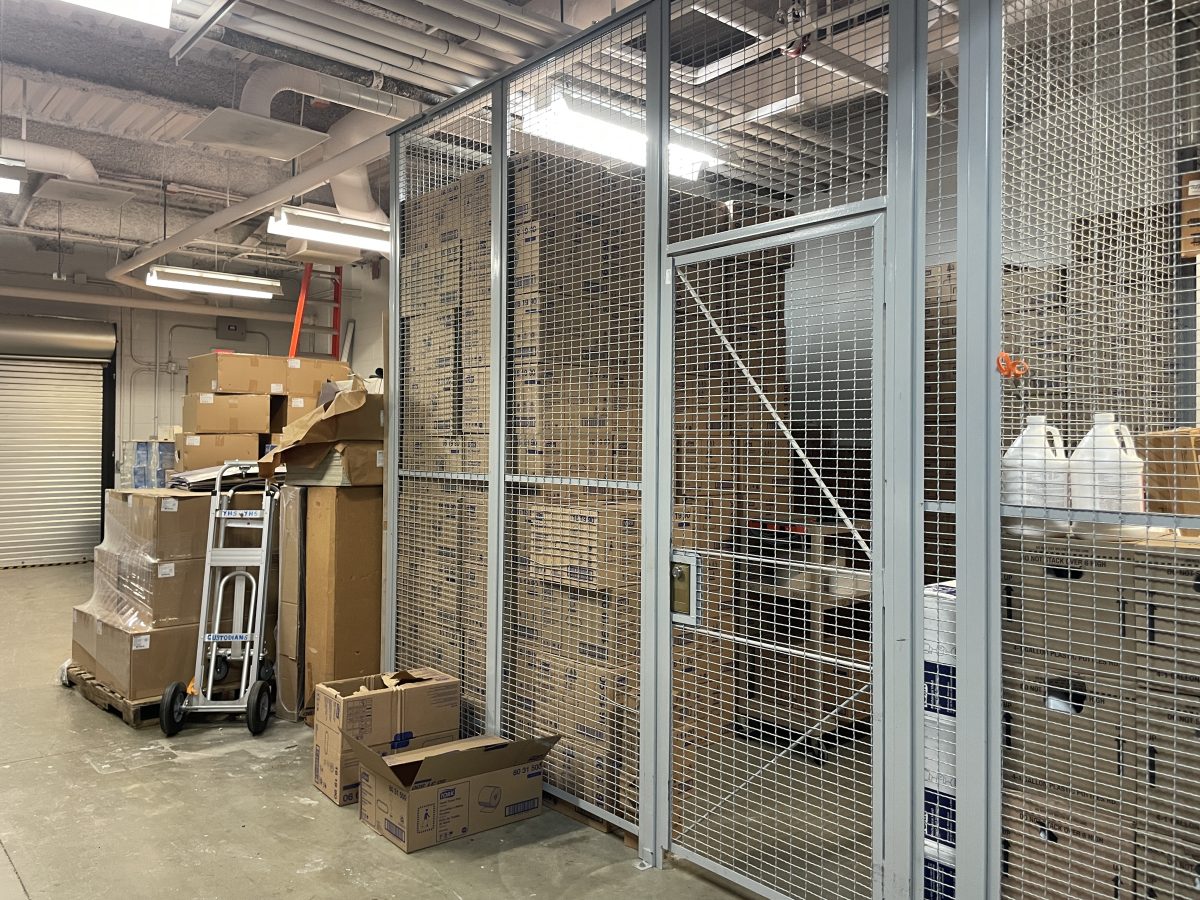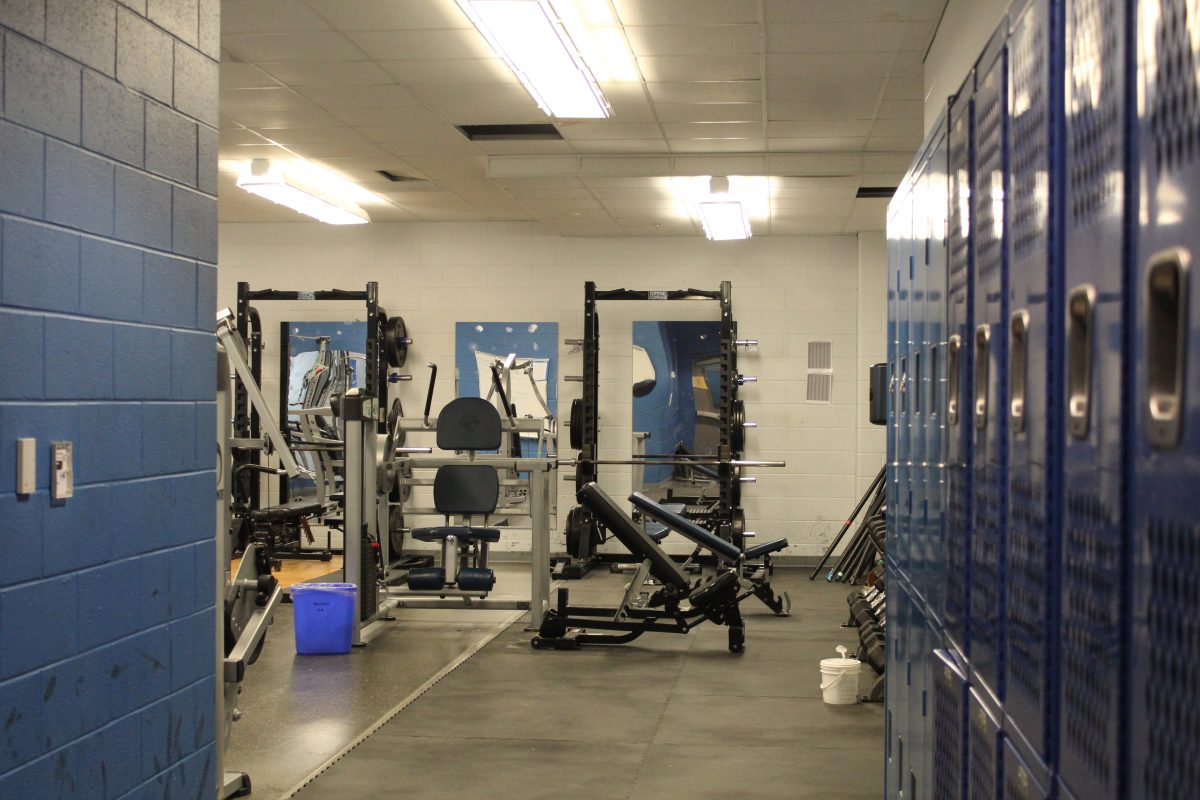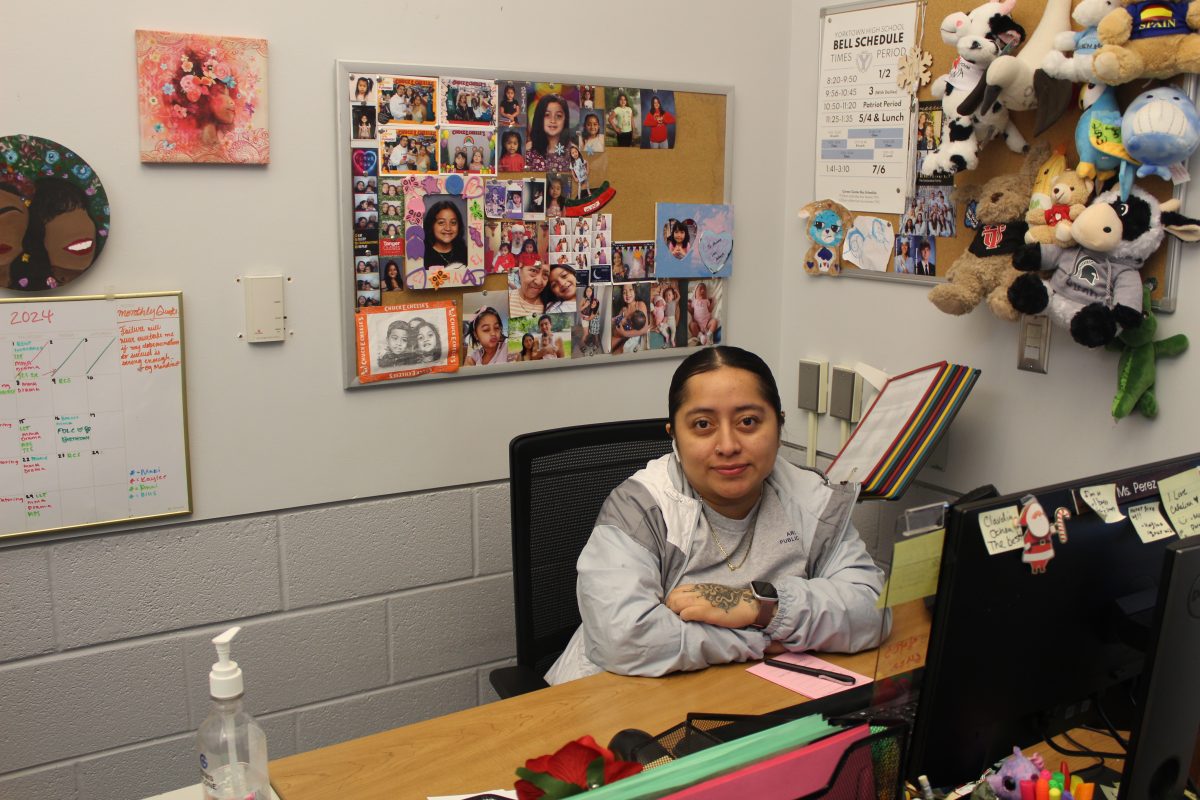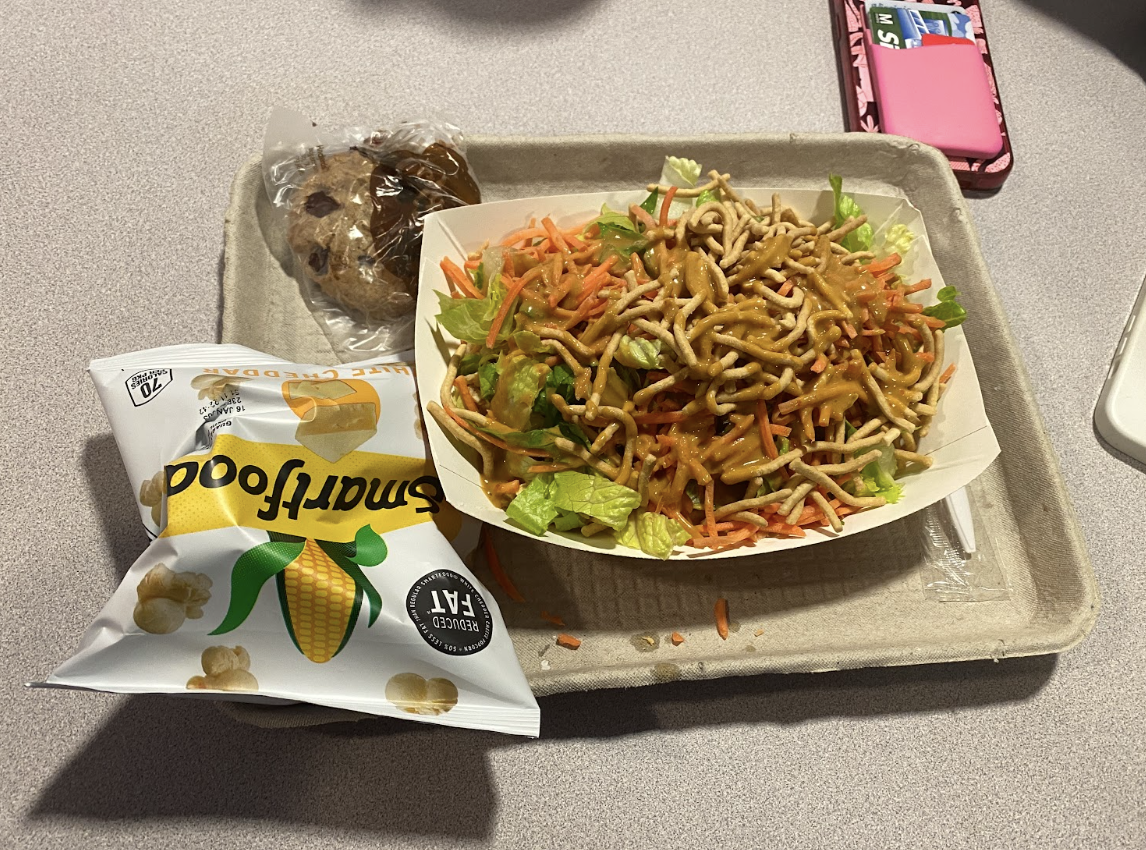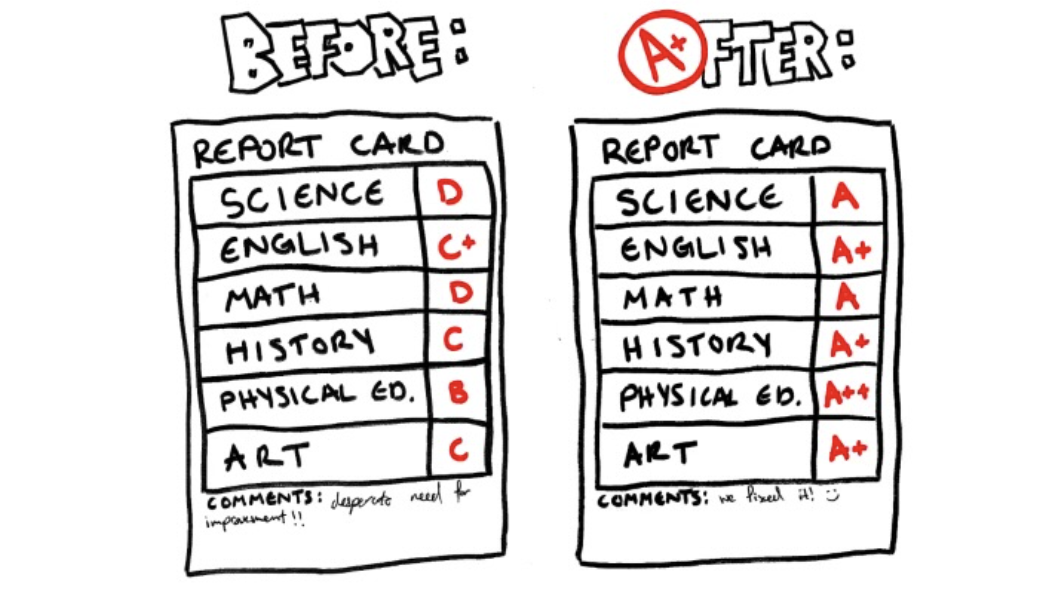By Natalie Zur
Sentry Staff Reporter
In high school, for many students, the focus is simply to make it through the school and scale the mountain of homework each night. So it would be an understatement to say that most would not be worried about the threat of robots taking over the workplace. However, there is mounting evidence that after graduation, you may be competing with a robot for the very same job you labor.
As the unemployment rate hovers at around 7%, jobs remain an extremely pertinent subject in the United States. Their existence (or lack thereof) has created much angst in the political sphere; listen in to any politician’s speeches and you will hear their testimony to bring back work for middle class Americans. But, even if the President of the United States tries, it will prove quite impossible to prevent robots from invading the workplace (but Putin on the other hand…).
In 2013, there were 1.2 million industrial robots working worldwide, which translates into one robot for every 5,000 people. That also means that there are 1.2 million robots that either displaced workers, or took other people’s ability to get a job in the future.
I am truly apologetic toward for those in this generation who despise change; I am not a Raven Baxter, but I can see that in the future people will need to be ready to expect the unexpected. One of the most widely reported technological feats of 2013 was the Google self-driving car. Understand that this advancement went from impossible to boring within a span of half a decade.
Robots in 2014 are working in factories, shipping supplies from companies such as Amazon, and taking the place of fast food workers. They can successfully perform surgery, take the place of lawyers to analyze and form decisions based on hundreds of documents, and even write news pieces. Watch out, one day The Sentry newspaper may be written by a software program.
The common denominator for these increasingly powerful computers is their need to be programmed step by step, which has preserved some sections of the workforce. This type of programming has created a nightmare for engineers who need to program the robots every step of the way, up until now. Recent technological advancements have yielded the ability for these super robots to learn from their experiences. So now, instead of having robots simply fill prescriptions and reheat fast food meals, they can begin taking on more serious work.
Our generation, when entering the workforce, will likely need to find jobs involving more cognitively complex tasks that machines cannot touch. These positions also typically require more schooling; it has become a race between technology and education.
“There will always be work for people who can synthesize information, think critically, and be flexible in how they act in different situations,” said Andrew Ng, director of the Stanford Artificial Intelligence Laboratory near Palo Alto, California. Still, he said, “the jobs of yesterday won’t the same as the jobs of tomorrow,” reported Bloomberg.
The paradox which has haunted science fiction for centuries has been the decision to either allow technological advances for the benefit of people’s wellbeing and productivity, or to put on the brakes to prevent increasing inequality. In Professor Tyler Cowen’s recently published book “Average is over,” he predicts a hollowed-out workplace that is devoid of middle class jobs, where 80% of the populace is unable to prosper.
By 2033, automation may claim as many as 47% of current jobs, according to a recent Oxford University study. Therefore, as high schoolers, we need to reevaluate how we make our way into the workforce, especially now that there will be more people vying for jobs that simply are not there.
In a few years, who knows, robots packing kids’ lunches may become as ubiquitous as the smartphone.

